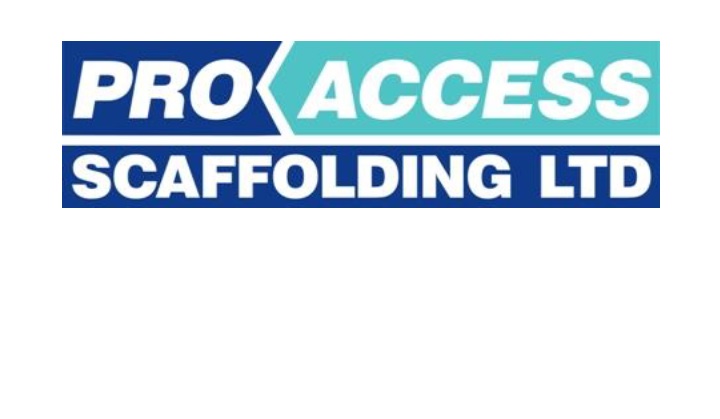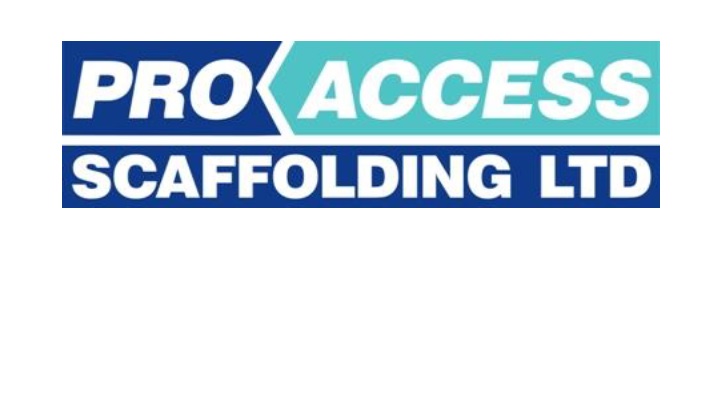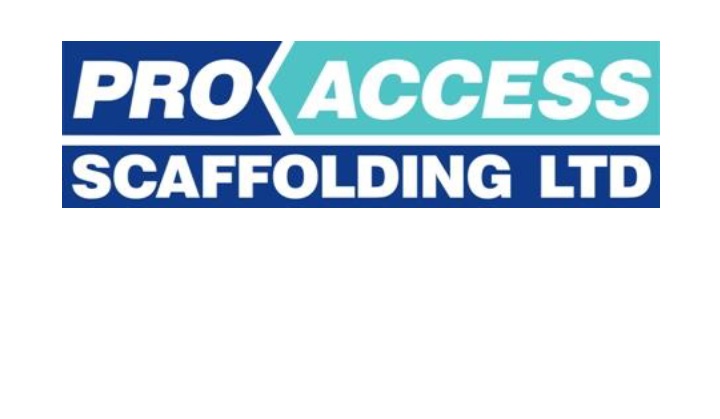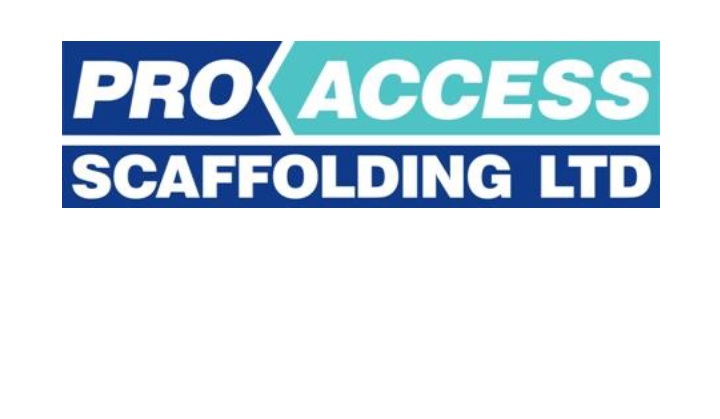Information
-
Audit Title
-
Document No.
-
Client / Site
-
Conducted on
-
Prepared by
-
Location
-
Personnel
Preliminary information
-
Photo of Building and Name board if present
-
Address of Building
-
Name of inspector
-
Address of inspector
-
Contact details of inspector
-
Email address of inspector
-
Date of previous inspection
-
Date of this inspection
-
Date of this report
-
Weather conditions
-
Photo of weather
-
Key plan with scale
-
Key plan with scale
-
Plan of churchyard inc trees
-
Plan of churchyard inc trees
-
Brief history of the building
-
Architectural history of the building
Conservation designations
-
Listing
- Grade 1
- Grade 2*
- Grade 2
- Not listed
-
Is the building in a conservation area
Summary
-
Summary of findings
Introduction
-
Purpose of the audit
-
The purpose of this access audit is to assess the accessibility of the building and surroundings for all its users. The audit examined external environments, horizontal circulation, interior, facilities, communication, and evacuation. The audit aims to identify the positive and negative accessibility issues relating to buliding being audited. An access audit is one of the first of many steps that can help to improve accessibility and provides the basis for an access improvement plan or strategy. Carrying out an access audit will identify a number of features including: The current accessibility of the building/property/site; Areas for improvement (e.g. no accessible car spaces in the car park or the door in the accessible toilet on the ground floor is incorrectly located and therefore the WC is inaccessible); Good/bad practice. The purpose of an access audit is to establish how well a particular building or environment performs in terms of access and ease of use by a wide range of potential users, including people with disabilities, and to recommend access improvements. Reference documentation include: The Approved Documents Part M and Best Practice BSI 8300 2010. Access audits give a snapshot of an existing building at a point in time. They are a useful starting point in assessing the current state of accessibility and usability of existing buildings.
-
Description of the use of the building
-
Access Plan
-
The access audit is only one step that should be taken to ensure an organization or building is accessible, after it has been carried out an action/implementation plan or strategy is required. An access plan: Is a strategy for improving accessibility developed from the access audit and can ensure that access is an on going concern and help identify opportunities for change. Could incorporate planned maintenance programmes, a schedule of works that has been devised to take into account the priority and cost information in the audit, processes to allow regular updating of the audit information and links to maintenance and management procedures. Should also set out procedures to ensure that when opportunities for access improvements arise they are recognised.
-
Walk and Talk Audit
-
Before preparing an Access Plan, you might consider a Walk and Talk audit. During a walk and talk audit, the auditor will examine the building alongside the client, indicating any possible barriers to access, and verbally suggesting improvements that could be made. This approach will allow members of your group to give a consumer perspective of their experience, and may have much more impact on the client than something written on paper. The walk and talk audit is sometimes accompanied by a report as well.
Audit
Externally
-
Is there any car parking on site or in the vicinity?
-
Is there any designated parking for Disabled Parking Badge Holders?
-
Does it comply with the standard size and layout (see Appendix A)?
-
Appendix A
-
Car Parking 1. Accessible parking bay. The width of 3600mm is required because wheelchair transfer may be needed from the drivers or the passengers side. The length of 5000mm is required because some people store their wheelchair in the boot of the car. 2. A wheelchair transfer zone shared between two bays increases the number of bays where space is limited. This should be 1200mm with parking bays of 2500mm. 3. Totally level access from the front of bays is to be encouraged. 4. Footpaths should be provided to the front of parking bays, so that bay users do not have to move behind parked vehicles and into the flow of traffic. This is especially hazardous for wheelchair users where they may be below the line of other motorists vision. 5. Where level access is provided to the front of bays, signs can be used to prevent vehicles from overrunning parking space. 6. A sign should be provided indicating parking for use by Orange badge holders only. This should be a min 1200mm to the top of the sign and a min 600mm wide.
-
How far is the designated parking from the main entrance (approx.)? Should be no more than 50m
-
What is the surface of the car park (gravel, tarmac etc)?
-
Is the car park well lit?
-
Is there a bus stop in the vicinity (within 50m)?
-
Is the route to the main entrance clearly signed?
-
Is the route suitable for wheelchair users?
-
Are there dropped kerbs where necessary?
-
Is this route suitably lit?
-
Is the main entrance level, ramped or stepped (see Appendix A1)?
-
Appendix A1
-
Tactile and Visulal warnings Top landing to be a min 2000mm by 800mm tactile strips that extend a min of 400mm at each side of stairs and to stop 400mm from nosing. Permanent contrast incorporated into treads of flight. Min width between handrails 1000mm.
-
If stepped are there handrails on both sides?
-
Are the nosings colour contrasted?
-
Is there a tactile warning strip at the top?
-
What is the rise of the steps?
-
What is the going of the steps?
-
How many steps in a flight?
-
Is there a ramp alongside the steps?
-
What is the gradient of the ramp?
-
What is the length of the ramp?
-
Is there a level platform at the top of the ramp
-
Is the entrance door automatic or manual?
-
Does at least one leaf give a minimum clear opening width of 800mm?
-
Is the door furniture at a reasonable height (1400mm from ground level and colour contrasted from the frame?
-
If there is a doorbell or entry system, is it at a reasonable height (1200mm from ground level)?
-
Is the entrance mat of firm texture and flush with the floor?
-
Is there a vision panel at wheelchair level?
Internally
-
Is at least part of the reception desk at a wheelchair accessible height?
-
Is there a hearing induction loop or other amplifying device fitted in reception?
-
Is there any seating in the waiting area?
-
If yes, is there a mix of seats with arms and seats without arms?
-
Is there space for a wheelchair user to wait?
-
Is all the ground floor accessible?
-
Is there a lift in the building?
-
What type of lift?
- a full passenger lift
- a platform stairlift
- a platform lift
-
If a passenger lift does it comply with Part M (see Appendix B)
-
Appendix B
-
Internal dimensions 1200mm x 1400mm Door opening 800mm 1500mm x 1500mm unobstructed landing space Max 400mm threshold Tactile identification of floor level selection set between 900mm and 1200mm on wall outside lift. Tactile identification of floor level selection set between 900mm and 1200mm on wall inside lift.
-
Is there a staircase in the building?
-
Is the staircase suitable for ambulant disabled people (see Appendix C)?
-
Appendix C
-
Provisions An internal stair will satisfy requirement M2 if; A. It has flights whose unobstructed widths are at least 100mm; B. All step nosings are distinguishable through contrasting brightness C. The rise of a flight between landings is not more than 1800mm; D It has top and bottom, and if necessary intermediate landings, each of whose lengths is not less than 1200mm clear of any door swing in to it E. The rise of each step is uniform and not more than 170mm F. The going of each step is uniform and not less than 250mm, which for tapered treads should be measured at a point 270mm from the inside of the stair G. Risers are not open H. There is a continuous handrail on each side of flights and landings, if the rise of the stair comprises two or more risers.
-
What is the rise of each step?
-
What is the going of each step?
-
Are the nosing of each step colour contrasted
-
How many steps in each flight?
-
Are there any intermediate landings?
-
Are the handrails continuous on both sides?
-
Do the handrails extend 300mm past the top and bottom steps?
-
Do all internal doors give a minimum clear opening width of 750mm?
-
Is the door furniture at a reasonable height?
-
Is there a vision panel at a wheelchair height?
-
Are there any internal ramps in the building?
-
If yes, what are the gradients?
-
What are the lengths of the ramps?
-
Are there handrails on the ramps?
-
Is there a wheelchair accessible WC cubicle?
-
Does it comply with the minimum dimensions of 2000mm x 1500mm?
-
Does it comply with the dimensions in BS 8300 2200mm x 1500mm
-
Are the grab-rails colour contrasted from the background?
-
Are the hand washing and drying facilities within easy reach of anyone sitting on the WC?
-
Is there an emergency pull-cord that reaches down to the floor?
-
Is there a textphone in the building?
-
Is there a public telephone?
-
Is it at a reasonable height for wheelchair users (car or coin slot 1200mm from floor level)?
-
Does it have an acoustic hood?
-
Is the main hall fitted with a hearing induction loop?
-
Are there any other rooms which have or should have an induction loop?
-
If kitchen facilities are available are they at a wheelchair accessible height?
-
Additional Comments:
-
Additional sketches:
Recommendations
-
External recommendations
-
Internal recommendations
-
Other recommendations and comments
-
Audit completed by













